The Everest Base Camp Trek brings you to some of the most beautiful locations on earth where destinations come to life. The Everest Base Camp Trek is one of the classic trekking trails of Nepal. Taking you across vast territories of lush dense wilderness, remote alpine regions, mountain ranges, glacier moraine, lakes, and mighty rivers. Where you’ll be happy to travel, discover new things, and meet new people. A trek offering different faces of the country capturing your imagination.
The Everest Base Camp Trek brings you to some of the most beautiful locations on earth where destinations come to life. The EBC Trek is one of the classic trekking trails of Nepal. Taking you across vast territories of lush dense wilderness, remote alpine regions, mountain ranges, glacier moraine, lakes, and mighty rivers. Where you’ll be happy to travel, discover new things, and meet new people. A trek offering different faces of the country capturing your imagination.
The Everest region is a dream destination for travelers, trekkers, mountain, and nature lovers. Explore the foothills of the highest peaks of the world and soak in its extraordinary beauty chasing sunsets and changing horizons. Be a part of this exciting trek with the Alpine Club of Himalaya.
Important note:
Your safety is of paramount importance to us at the Alpine Club of Himalaya. We have the absolute authority to cancel the trip or change the itinerary. If necessary or when we have reason to believe your safety is at stake. Weather conditions, the health condition of a group member, natural disasters, and such, can contribute to changes in the itinerary when traveling in remote mountainous regions. In these extreme situations, we kindly request that you offer your full co-operation to the trusted leader of the group appointed by the Alpine Club of Himalaya. However, we assure you that we will make every effort to keep to the above itinerary.
Itinerary
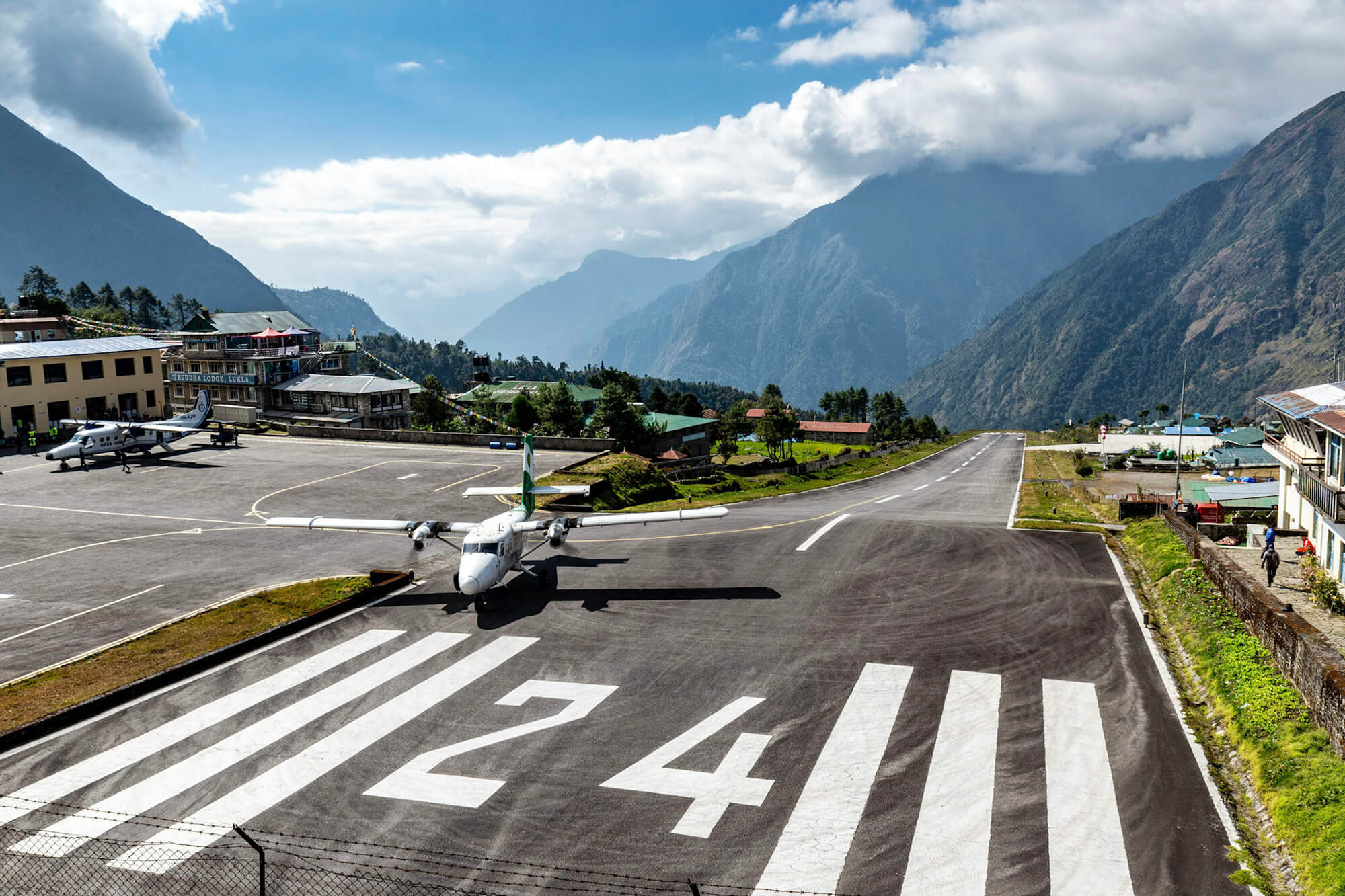
Lukla Airport
Catch an early morning exciting flight from Kathmandu Airport to Lukla witnessing views of mountain giants. Lukla, a picturesque mountaintop Sherpa settlement is the starting point of your trek. From Lukla head towards to Phakding, descend towards the Dudh Koshi River passing through various settlements of Chheplung, Ghat, Sano and Thulo Gumela and Chorten and monasteries of Drangdrak Gompa and Pema Choling Gompa with breathtaking views of sacred mountain peaks of Kumbila and sister summit Kusum Kanguru.
Phakding nestled at an elevation of 2,610 meters and is a small Sherpa settlement hidden in the heart of the Dudh Koshi Valley.

Our guest at Namche Bazaar
Today you will be heading to Namche Bazar known as the "Sherpa capital”. The trail passes the Dudh Koshi, a milky glacial river up to Monjo crossing number of suspension bridges and the iconic Hillary Suspension Bridge. After a brief rest, head towards Namche Bazaar on an uphill trail on a steep path to an amazing high bridge over the Dudh Koshi River gorge, and just before this bridge, the Dudh Koshi is met by its tributary, the Bhote Koshi. As you gain altitude, you’ll catch your first glimpse of Mount Everest peering over the Lhotse-Nuptse ridge, from here Namche is a short hike away.
Today is your acclimatization day at Namche Bazar, as you gain altitude your body must acclimate to the thinner air at greater elevations.
Head up to any vantage at dawn and dusk to witness breathtaking view of the Himalayas. The rays of sun illuminating the snow-covered peaks of Mount Everest, Ama Dablam, Thamserku, Kongde, and Lhotse, Later explore the Sherpa Culture Museum to learn about Sherpa culture, traditions and customs.
In the afternoon explore some of the finest bakeries, cafés, restaurants, shops around Namche which you’ll not find in most of the trekking trails of country.
Meals: Breakfast, Lunch, Dinner
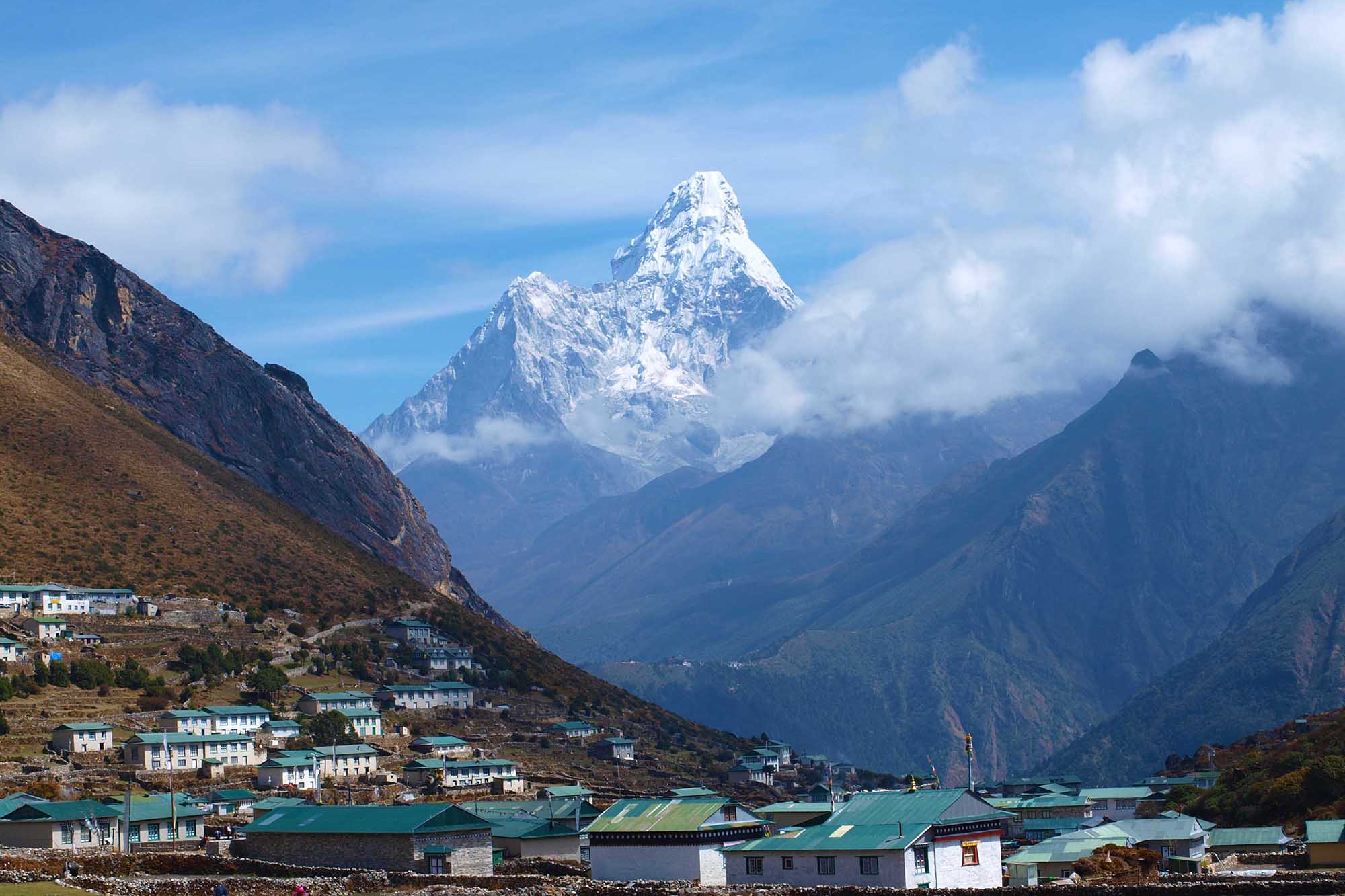
Pangboche
Today’s trail between Phortse and Pangboche is not the main trail, so the pathway is narrow and has sheer drops at various sections. Pangboche is a major settlement inhabited all year round consisting of two village upper and lower Pangboche.
Lodges are widely available in lower Pangboche and has various riverside stone-walled agricultural fields. The oldest monastery of the Khumbu region, the Riwa Gompa is located at upper Pangboche. Most trekkers pass through lower Pangboche on the way up and visit upper Pangboche while returning from Kala Patthar. Once you reach Pangboche head towards your tea house and rest.

Dingboche
After an early breakfast follow the Imja Khola, the trial climbs towards the village of Shomare and crosses the tree line, from where the terrain changes into arid dry landscapes with patches of conifers, scrub and isolated pastures lands. From here cross the garazing lands and dotted stone huts passing the settlement of Orsho and Tsuro Wog, from here the trail descends to a point near the confluence of Imja Khola and Khumbu Khola. Finally climbing a low ridge you’ll reach the sprawling hamlet of Dingboche a cold and windy region with sub-zero night temperatures even in summer.
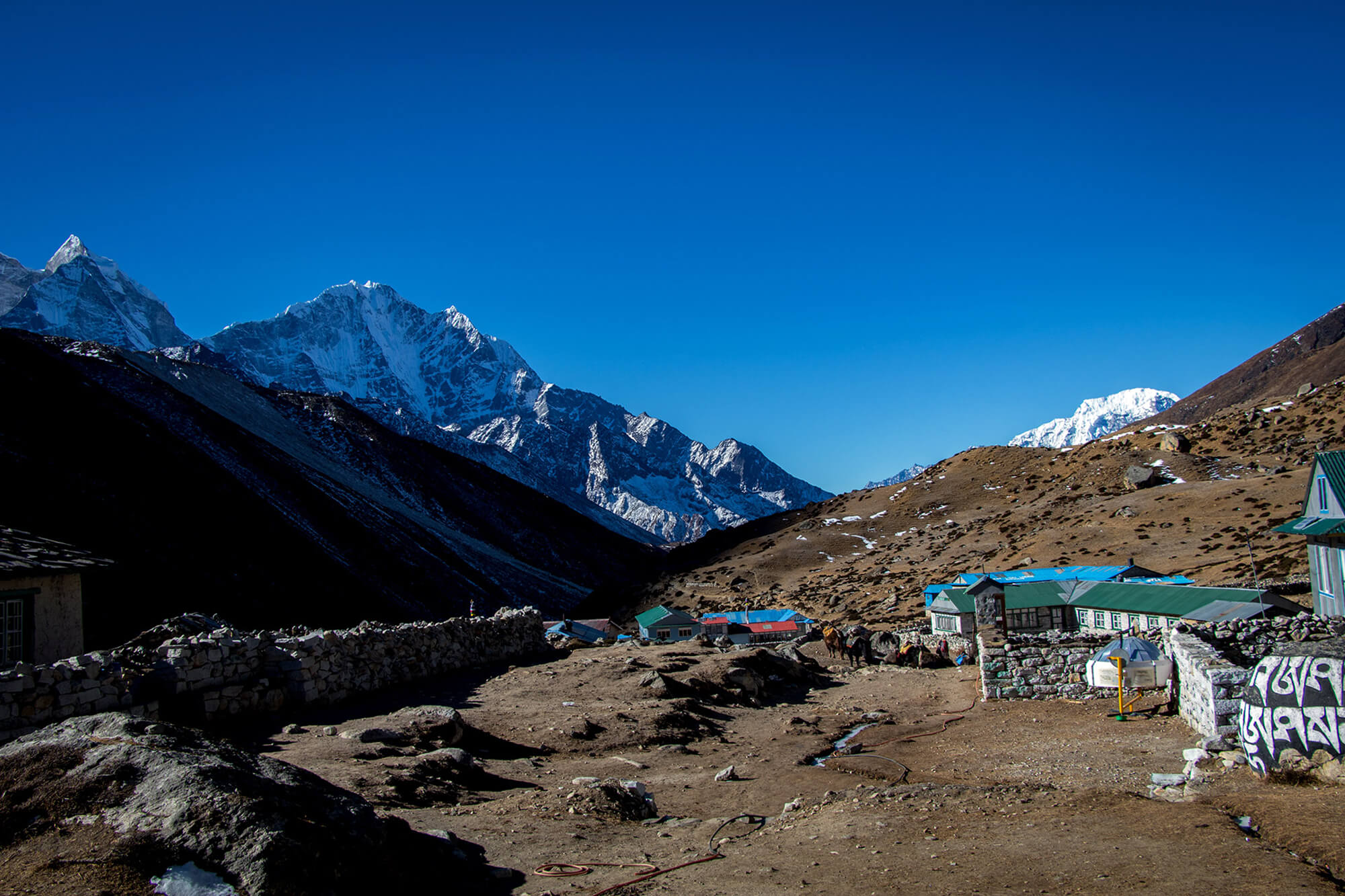
Dingboche
Today is your second day of acclimatization, the settlement has various vantage points ideal for acclimatization excursions. After breakfast hike to the Chukhung valley ascending up the Imja Khola valley to a land riven by glacial moraines amidst towering formidable mountains from head towards the vantage point of Chukhung Ri, a rocky hill behind the village and witness views of Lhotse, Makalu, Cho You, Cholatse, Taboche and Lobuche West, Lobuche East. Later on, explore the settlement.
Meals: Breakfast, Lunch, Dinner
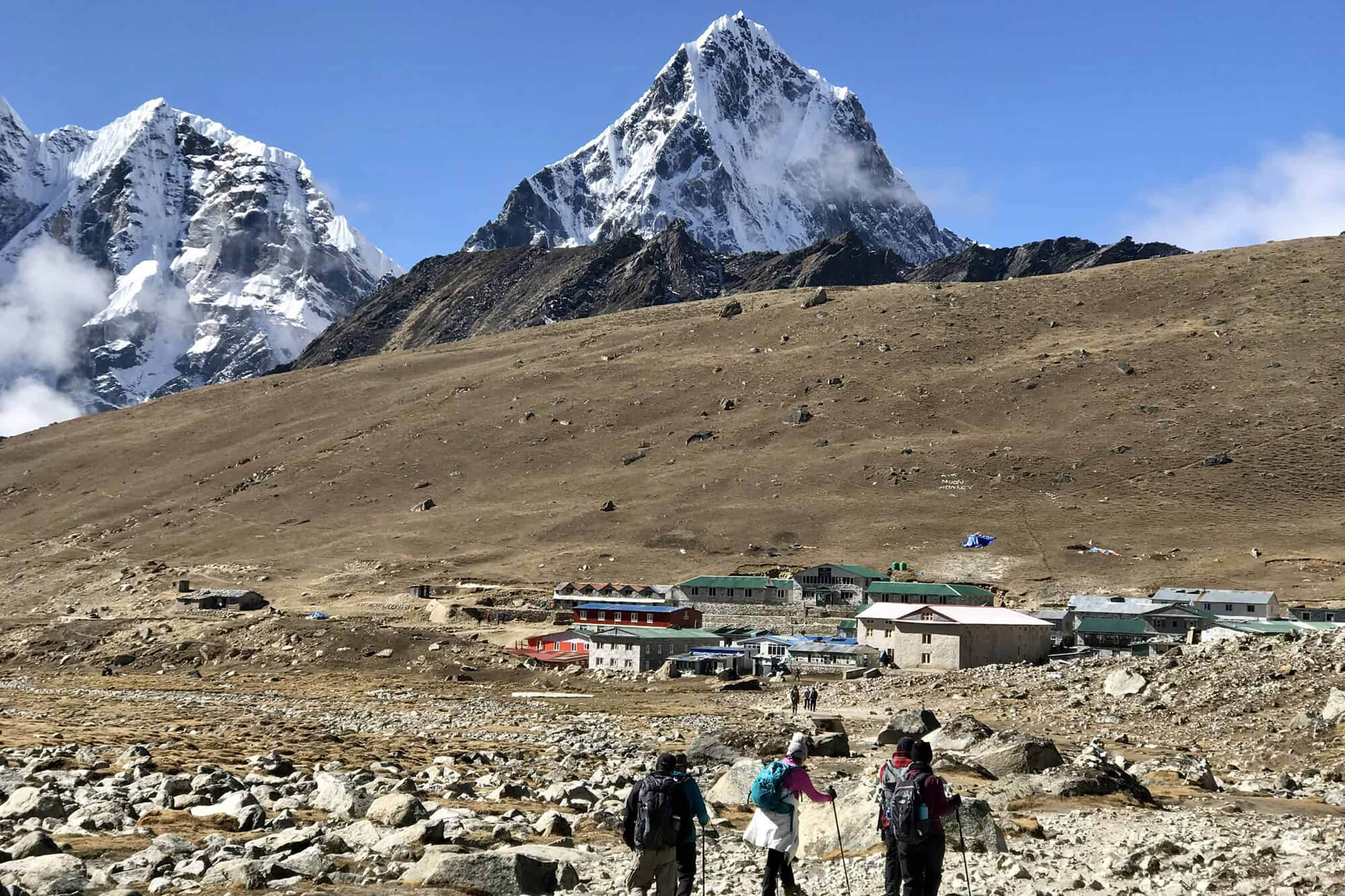
Lobuche
On today’s trail to Lobuche, you’ll find yourselves in the lap of the Himalayas with mountains on all sides capturing your imagination, you’ll passing through Dusa where you’ll see herdsmen’s uninhabited stone huts, from here head towards Dughla and then to Chupki Lhara where you’ll see large heaps of stones with prayer flags a memorial for the mountaineers who perished on a mission to climb Mt. Everest and other peaks around the region. After a brief ascend, you’ll get a view of Chola Lakes pristine blue waters. From Chupki Lhara, the trail descends to the Khumbu glacier moraine walk alongside the three great peaks-Khumbutse, Lingtren, and Pumori. A final stretch along a murmuring stream and you’ll reach the settlement of Lobuche.
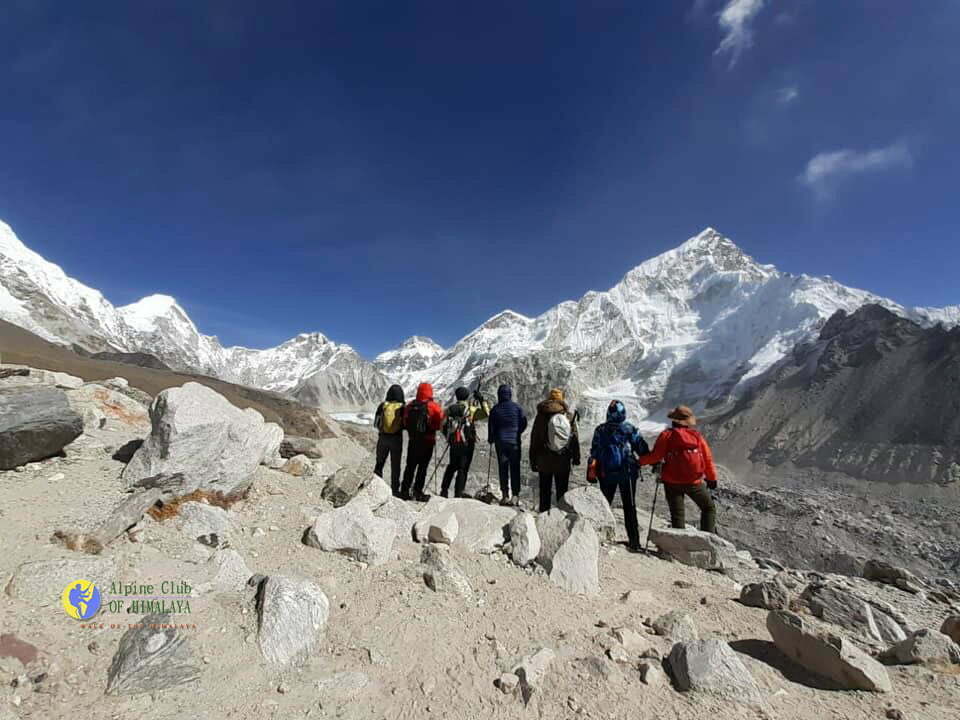
Everest Base Camp
Today’s trek is long, and tuff so start early, the first part of the trek takes you pass high Himalayan pasture lands and grassy terrains with rocky and scattered boulders, all along you’ll witness views of snowy wall of lofty mountains ahead. The 60 meters/200 feet ascent takes you to the top of the lateral moraine wall of the Changri glacier, to a leveled spot called Thangma Riju from where you’ll witness a spectacular 360-degree panorama view of the Himalayan giants of Taboche, Lobuche, Pumori, and the rest of Mahalangur Himal peaks, along with views upto Tibet and Nuptse on the eastern horizon.
The trail from here crosses the moraine of the Changri glacier and later joins the Khumbu glacier from the west, you’ll have to traverse on the steep stony slopes to reach Gorak Shep so take extra caution. As, you reach Gorak Shep you’ll catch our first glimpse of Kala Patthar.
From Gorak Shep leave your heavy backpack and move towards Everest Base Camp walking along side the banks of shallow blue waters of Gorak Shep lake, with views of the Changtse peak, and the Lho La peak at close proximity. Cross through glaciers, icefalls, frozen pools of meltwater, exposed icy walls, and large boulders towards the Everest Base Camp. After exploring the base camp descend back to Gorak Shep for the night.

Kala Patthar
Today you’ll be heading towards the famous vantage point of Kala Patthar, often flocked by trekkers passing this trail. Start early after a light breakfast passing through wide sandy bed of a dried lake traversing through steep zigzag trail and ascending up a steep trail witness views of Lingtren, Khumbutse, and Changtse. As you climb higher, you’ll witness a grand view of the Khumbu glacier and Nuptse massif, a final stretch to the summit of Kala Patthar will provide you with views of endless rows of high mountains including Mt. Everest. After spending a brief time at the summit retrace your steps back to Gorak Shep, Lobuche, and from Dughla head on a different trail towards Pheriche along Khumbu Khola. Once you reach Pheriche head towards your tea house and rest.
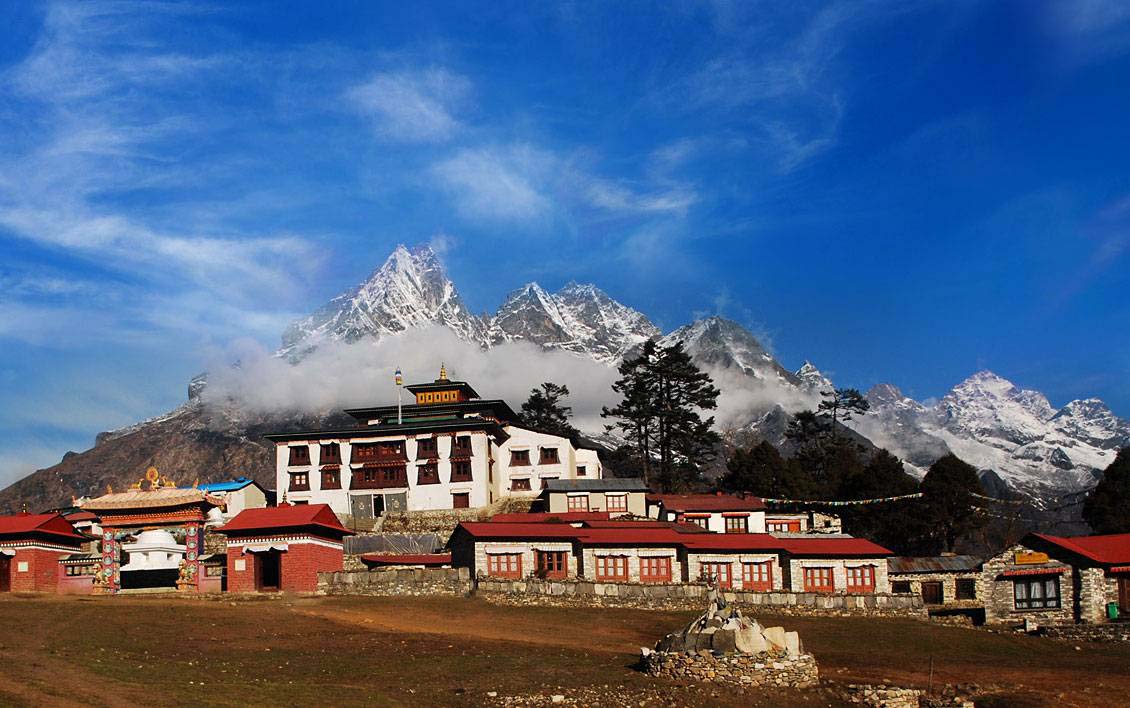
Tengboche Monastery
From Pheriche, the trail descends to Tsuro Wog after crossing a bridge across the Khumbu Khola. From Tsuro Wog you’ll again start descending passing various settlements of Orsho, Shomare, and upper Pangboche and finally to Tengboche. Tengboche village, is home tothe world-famous Tengboche monastery, the Everest region’s largest monastery with views of Mt. Everest, Nuptse, Lhotse, Ama Dablam, and Thamserku one the backdrop. Explore the area after you check in at your tea house.
From Tengboche, move towards Phunki Tenga and descend to Sanasa and Kyangjuma and then finally to Namche Bazar. Along the trail you’ll pass across sub tropical wet hill forest of rhododendron, mixture of confers, oaks with orchid and moss draped trees and miles of undergrowth. Once you reach Namche Bazar head towards your accommodation and later explore the aera, there are various restaurants and pubs around the area.
Meals: Breakfast, Lunch, Dinner
Today start walking to Namche Bazaar on a downhill hike along the Dudh Koshi River route before arriving to Lukla, cross multiple suspension bridges and pass through various ancient monasteries and settlements. Once you arrive at Lukla rest later celebrate your last day on the mountains.
Meals: Breakfast, Lunch, Dinner
After an early Morning breakfast, head towards the Lukla Airport and fly back to Kathmandu. The picturesque flight from Lukla to Kathmandu seems like a delight, once you arrive at Kathmandu you’ll be driven to your accommodation. The valley has various tourism attraction, head out on a guided tour or explore the city on your own. Later in the evening join in for a special dinner program to mark the end of your adventure with your guide and our representatives.
Meals: Breakfast, Farewell Dinner
NOTE: All of the aforementioned trekking hours are approximations and should only be used as a general guideline.
















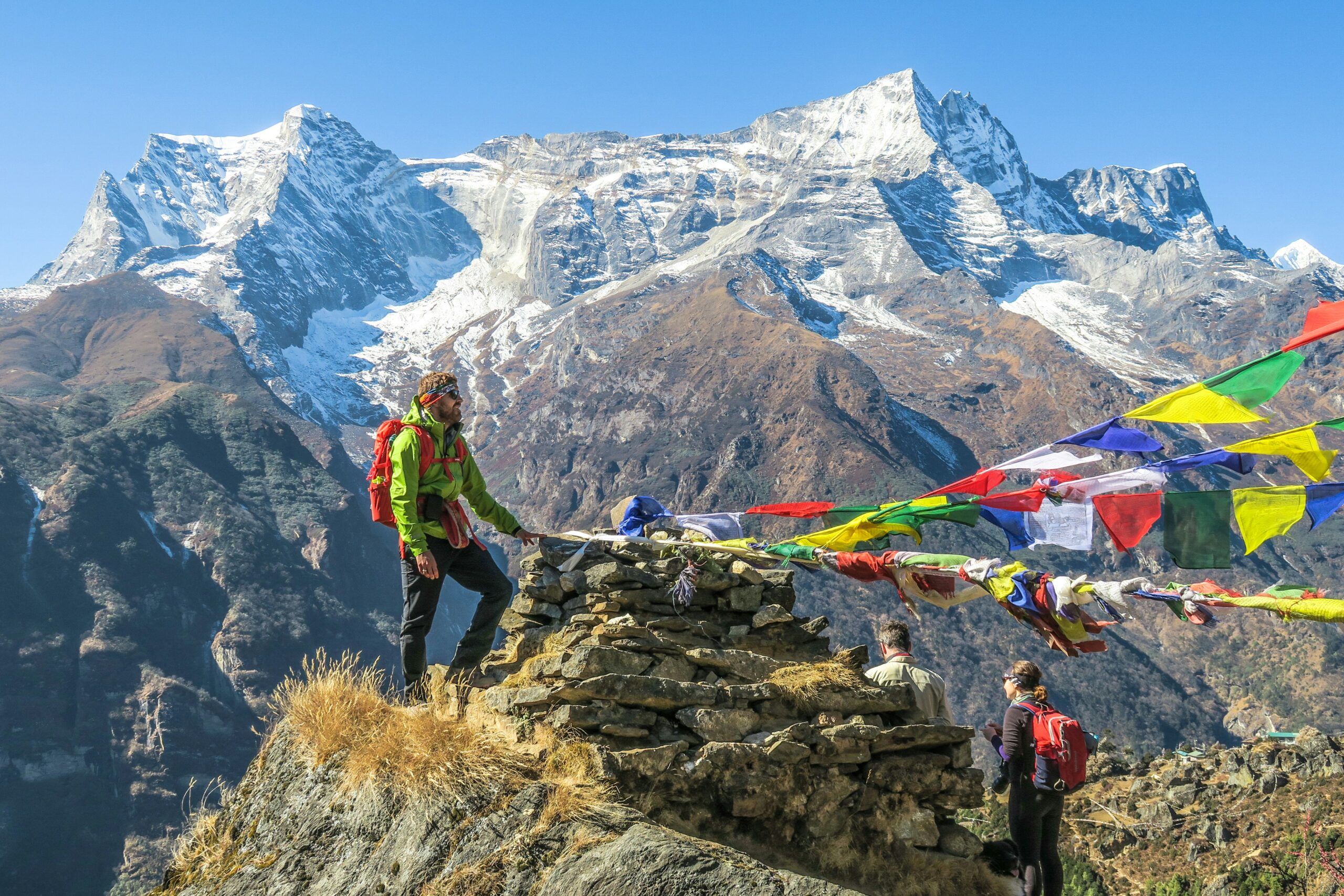
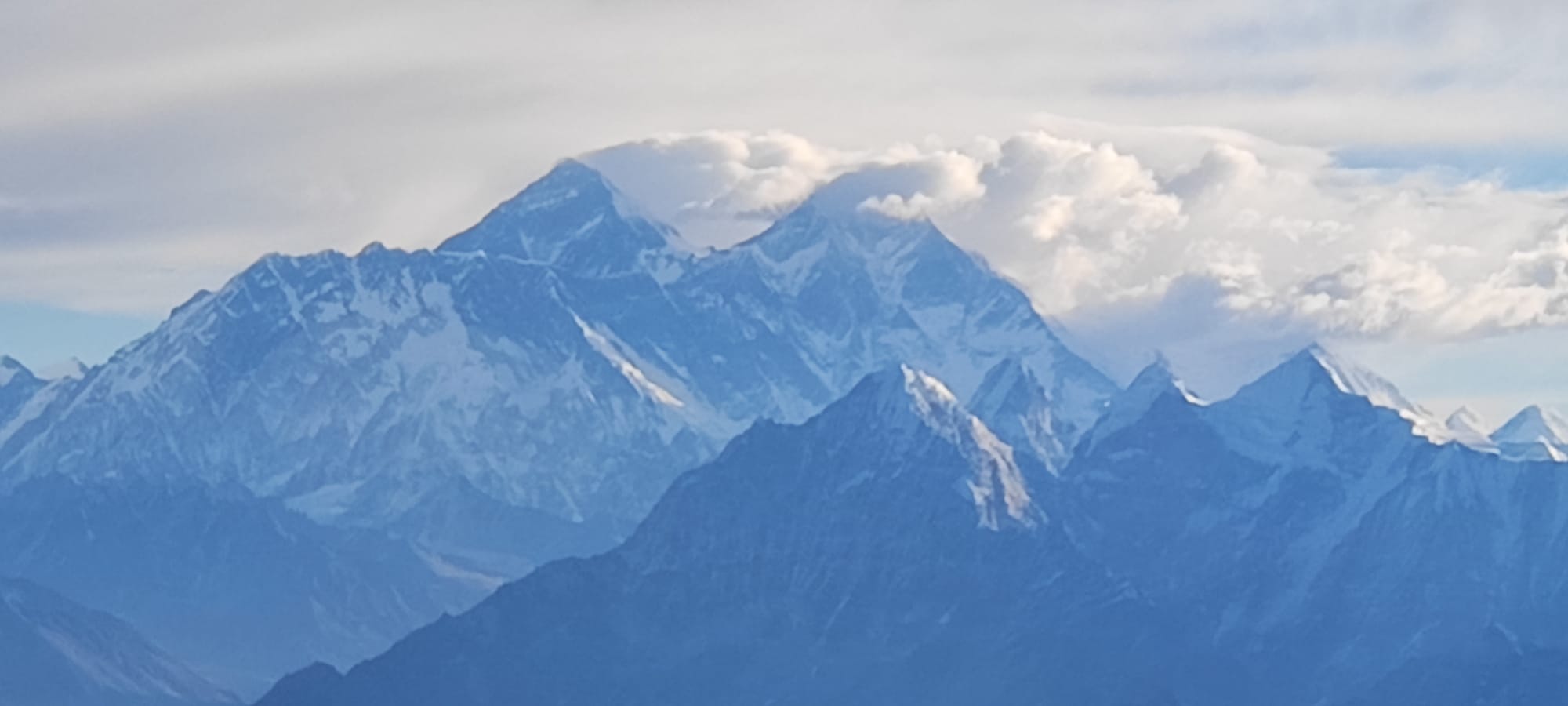

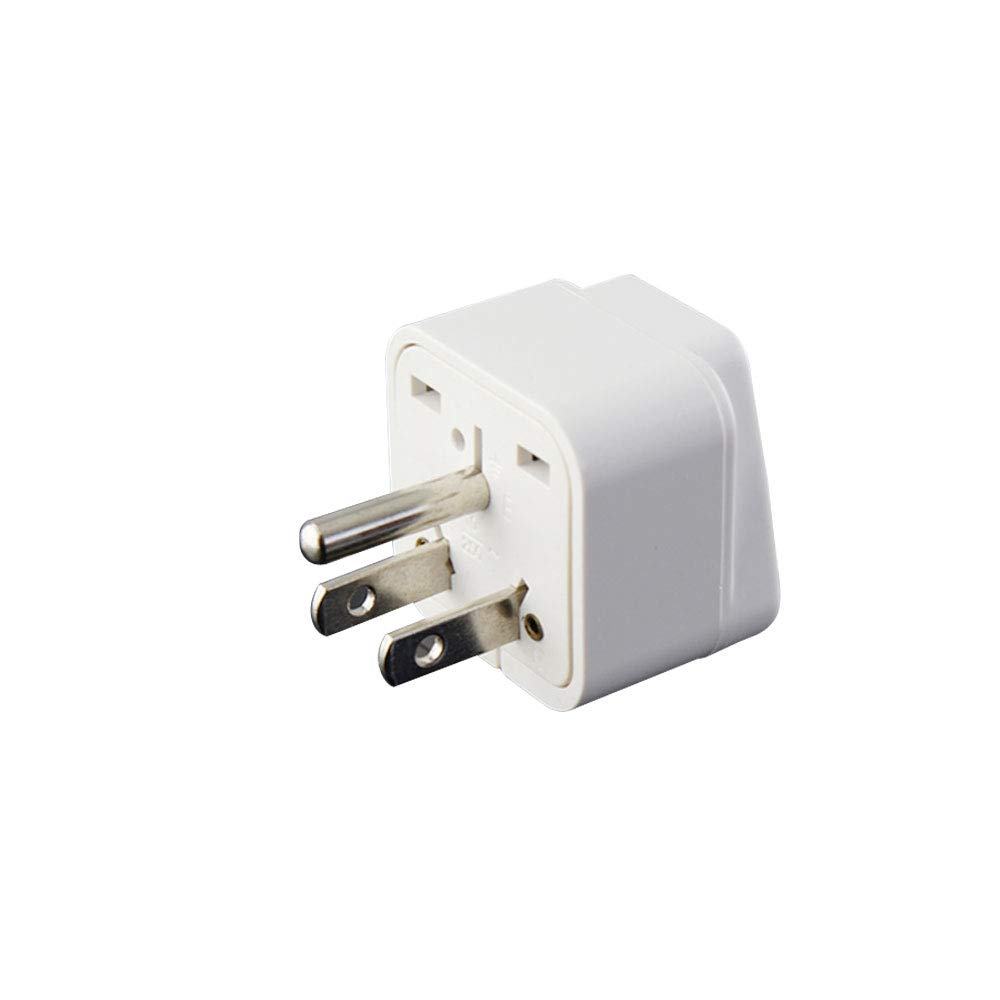
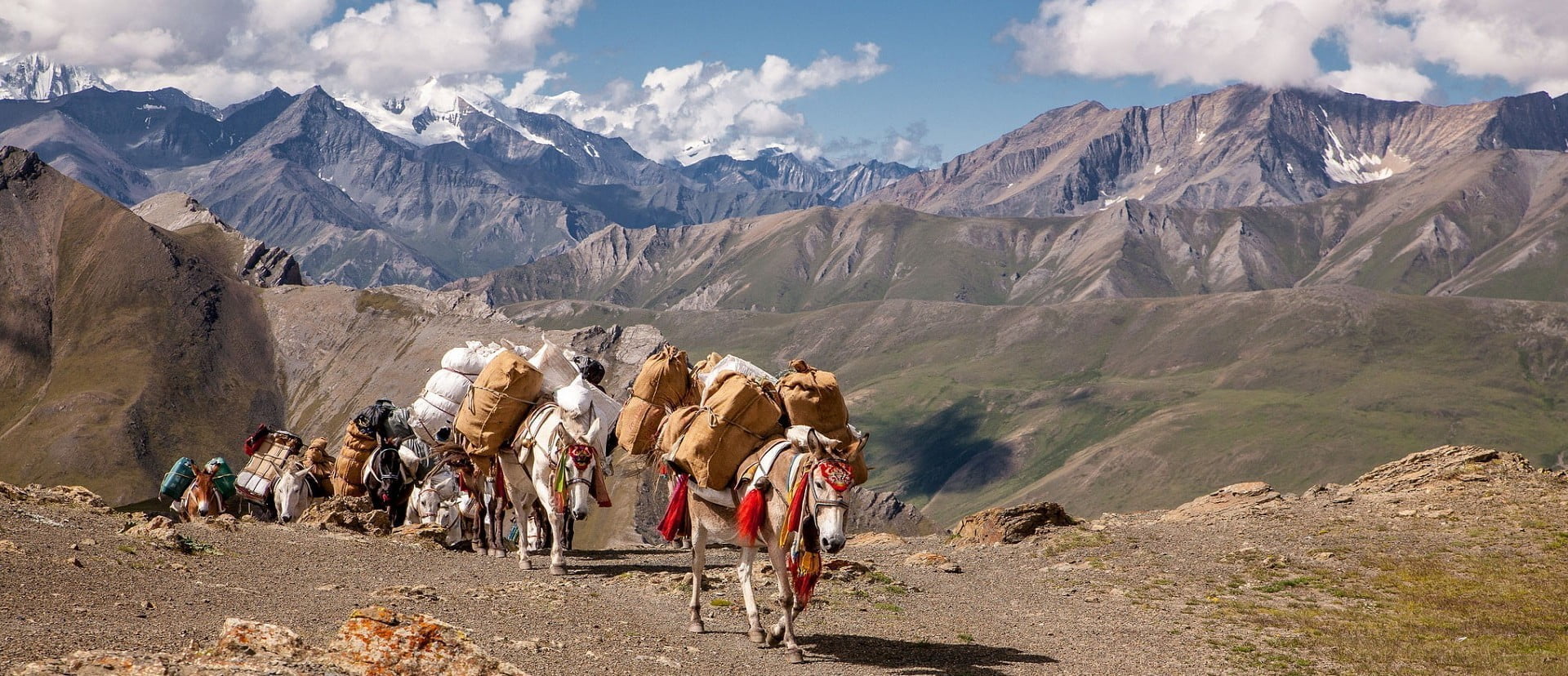
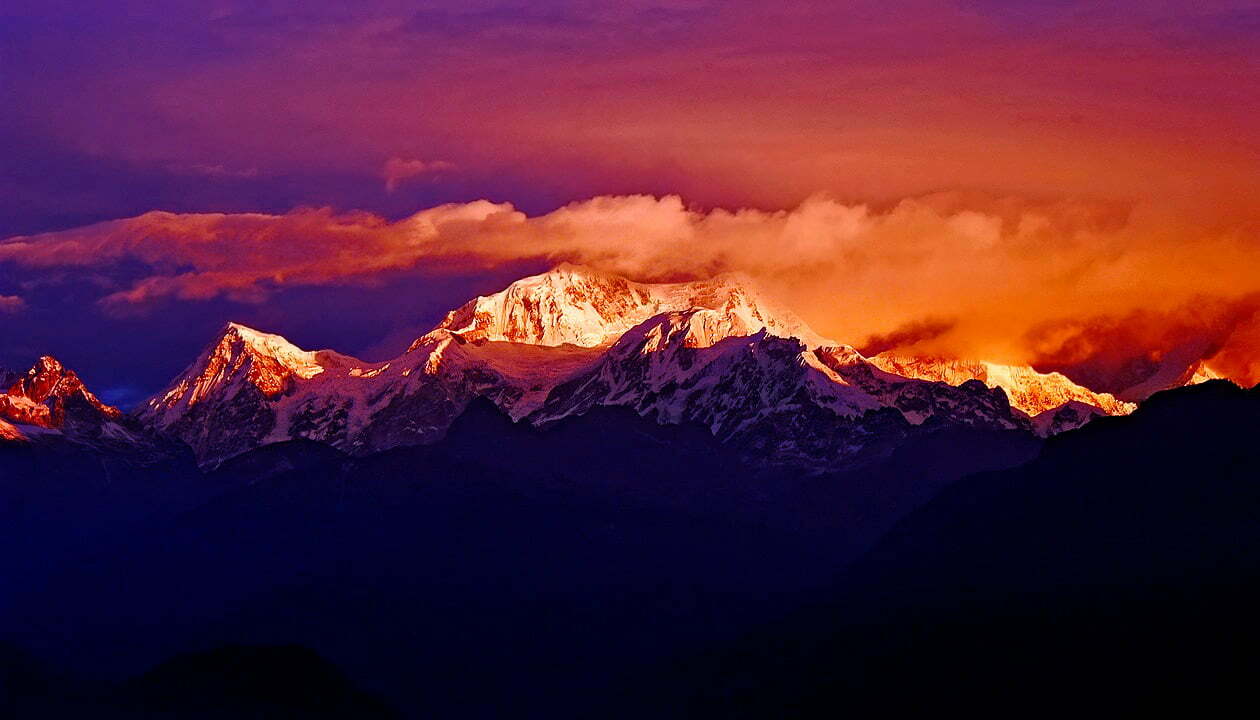
Write a Review